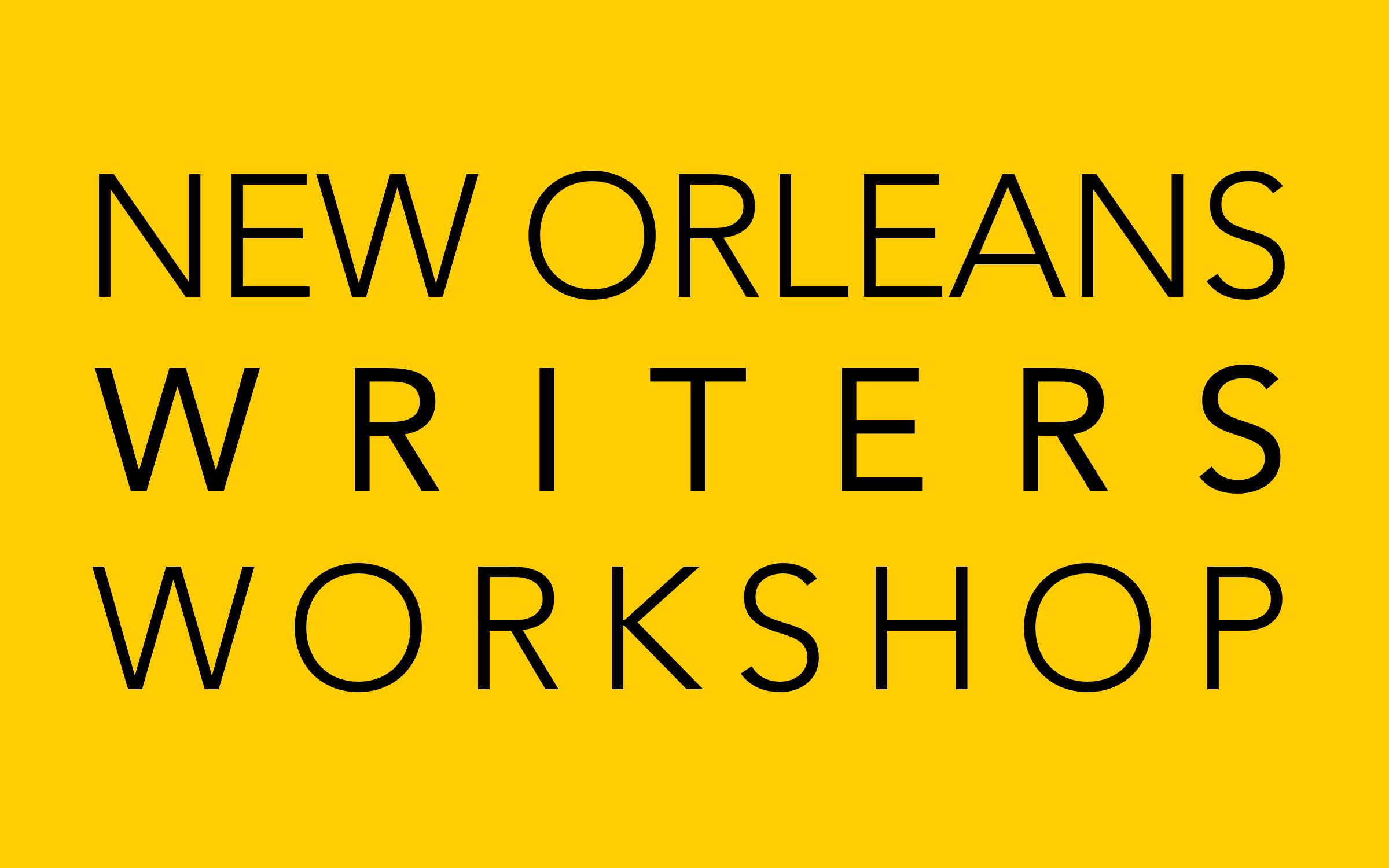By Allison Alsup
Published May 26, 2023
Scenes are the basic measuring unit of fiction. Immersive and dynamic, they embody unfolding action or “show”. If you can write one well-developed scene, chances are you can write a full story, novel chapter or even full-length work. That’s because scenes contain all the key elements, development and interplay required of the overall narrative. A single, highly crafted scene can even stand on its own as a complete story. Savvy writers know there’s no way to avoid learning this skill. Even those whose focus is creative non-fiction and who want to fully render their experience on the page must learn to write effective scenes.
And yet even experienced writers struggle to construct scenes–I see this all the time in my one-on-one developmental editing. At this point, I’ve read thousands of scenes. Poor phrasing isn’t why they ultimately meander or fizzle out. Nor is there some quick hack. Rather scenes involve a lot of moving parts, like juggling. Drop one and the whole thing just isn’t as impressive.
The good news is that there are overarching principles and actionable strategies that can be employed in the construction of a knock-out scene, just as there are specific tools writers can use when revising a scene draft. Building a great scene isn’t necessarily instinctual or a matter of luck. Even better news: once you get a handle on these key ideas, you can bring them to bear on any scene you write, controlling the narrative and creating interest on the page.

